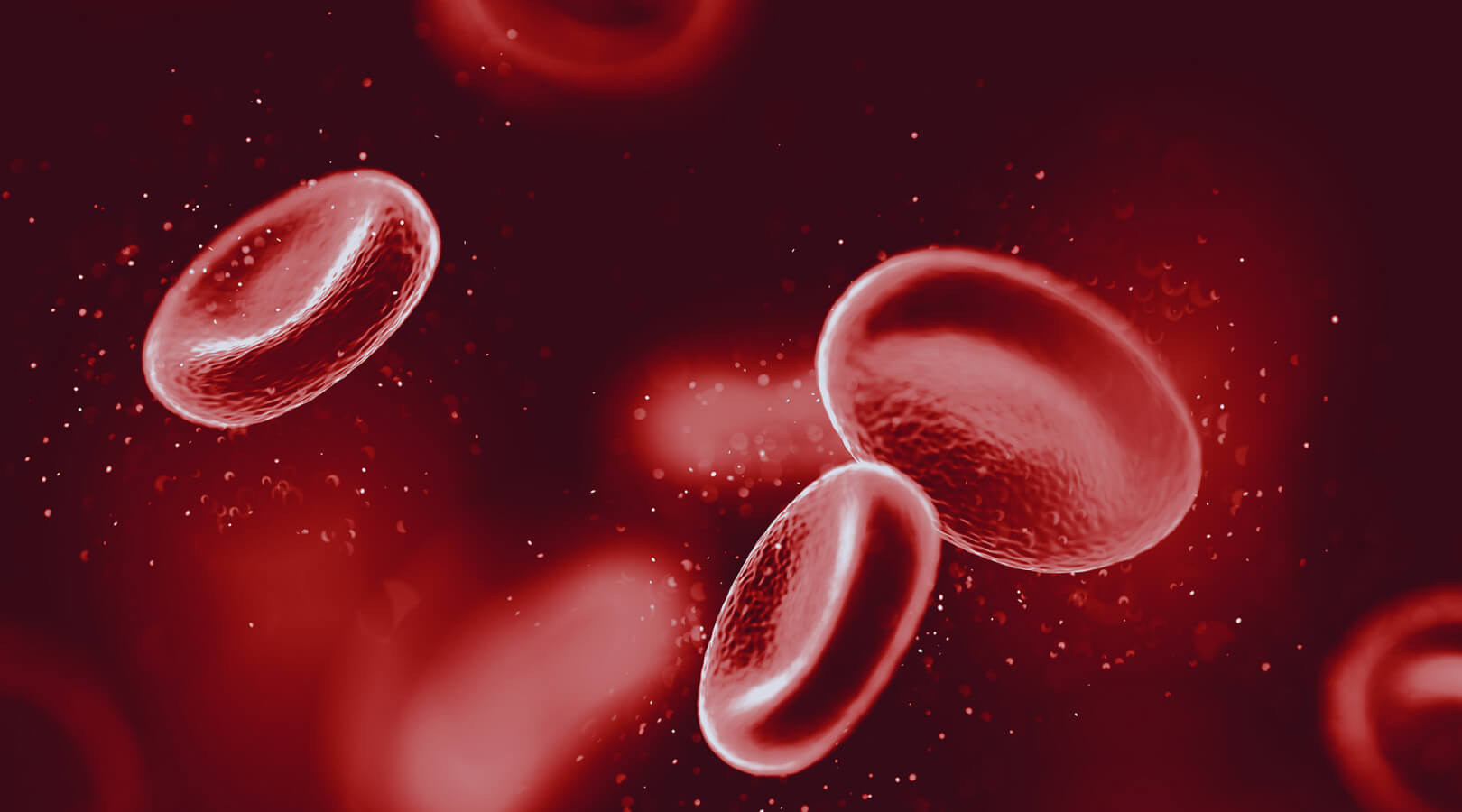Globally, pathology faces a stark skills shortage, with pathologists facing great pressures through rising workload, the increasing complexity of their work and vacancies of 10-12% and rising. In building clinical support tools that leverage cutting–edge AI solutions, we hope to improve reporting accuracy and efficiency and scale the capacity of diagnostic care across the globe.
We caught up with Principal Engineer, Ben Johnston (a.k.a Benjo) and Engineering Manager, Phil Young, at Franklin.ai who are currently building this software.

The Franklin.ai Mission
Our engineers take our vision and bring it to life, building products that will eventually be in the hands of pathologists.
“Our job is to understand the needs of pathologists and build a product that best serves them. With high demand for pathologists and no obvious solution to fill the gap between how many pathologists are needed and how many we have, our technology has the opportunity to help pathologists complete their labour-intensive work faster, and with increased accuracy”, says Phil.
As an engineering manager, Phil is responsible for leading the team to develop the AI technology to analyse pathology images and support pathologists in accurate diagnoses. “It’s about 14 years of training to become a pathologist. They play a very specialised role in the medical sector, and we need more of them to keep up with demand”.
Franklin.ai helps pathologists focus on what’s valuable and important, by making diagnosis more efficient. Whilst there are many challenges that come with this mammoth task, the team relish the challenge. “I am attracted to solving really big, hard problems in a way that is going to have an impact on people’s lives”, Phil says.
The work is certainly meaningful. Franklin.ai is on a mission to make the process of diagnosing disease more efficient and more accurate, with less cognitive load for the pathologist. As Principal Engineer, Benjo also appreciates the purpose-led nature of the role and the opportunity to make positive change in the world.

“Pathology touches every field of medicine, so it’s really meaningful to be working with pathologists to improve their processes. Almost every diagnostic test gets sent to a pathology lab so the impact we can have and the potential to improve the quality of care is massive.”, Benjo says.
The Engineering Team At Franklin.ai
The team that builds the product at Franklin.ai is a relatively new team, made up of senior level software engineers that are split into front-end and back-end teams.
“The front-end team creates the product that the client will see, and the back-end team ensures the technology does what it needs to. For the back-end team this means acquiring images from scanners and building an efficient platform for the AI model to make predictions about the images. The back-end team is also responsible for understanding the output from the AI model and presenting it in a meaningful way to pathologists”, Phil shares.
Then there’s the DevOps and Machine Learning teams. “DevOps are responsible for designing and managing the platform and tools used in building and running the product”, Phil says. Lastly, the Machine Learning team takes the pathology images and builds models that make predictions about those images.

Solving Complex Problems as a Team
Both Benjo and Phil were drawn to Franklin.ai because of the complex challenges that the business is solving.
Of the issues they face on a day-to-day basis, quantification of data is one of the most interesting to solve. “Finding the length and area of arbitrary shaped objects on a pathology scan is challenging. For example, if I showed you a blob on a screen, measuring its length can be quite arbitrary to a machine if it’s a strange shape, but to a pathologist, the way it is measured is important”, Phil says.
“Then there’s also the challenge of managing the volume and size of the data. We’re dealing with huge images and plenty of them, so many of the practical aspects of making use of this data can be challenging”, Benjo adds.
Machine learning adds a host of other challenges. An example might be identifying and addressing the potential for bias in training data coming from a pathology clinic with distinct slide preparation or tissue staining protocols. The team spends a lot of time ensuring there are processes in place for building robust models without these biases in the predictions.
“As a team, we’re solidly working through these challenges to find solutions that improve the accuracy of diagnosis through AI-assistive tech. A lot of work goes into creating the high quality data for model training and then we evaluate the results of the model separately after training. Once we have the data on how the AI is performing, it’s a case of fine tuning the technology to ensure accuracy”, says Ben.

The Tech Stack
Each part of the engineering team uses a different tech stack for different purposes, but Benjo and Phil comment that one of the best parts of working at Franklin.ai is being able to create the tech stack from scratch.
“Because we’re so new, we’ve been able to choose our tech stack from the start. We use a lot more modern practices and technology, and we’re always looking to do things better”, Benjo shares.
In terms of the teams and the tech they use, the back-end team use a language called Rust, whereas the front-end team mainly use React and Typescript. Meanwhile, the AI team uses the Python programming language as it is essentially the lingua-franca of AI and machine learning.
Over in the AI team, PyTorch is the framework they’re using, and then from the data management side it’s a lot of Python and Rust and many different Cloud Technologies to catalogue the data and move it around.

Where Engineering Fits Within the Business
Franklin.ai is an innovative, powerful team of brilliant minds who work closely together. This means that the engineering team gets exposure to the business side of things, which might not happen in bigger companies.
Benjo says, “we’re quite closely linked to the business side of things and how we can reach our goals. The entire FRA team is focused on delivering a product that pathologists will love. Working alongside our clinical partners, we enjoy having direct line of sight to the customer and our ultimate end users.”
“We’re a very driven and motivated team who are set on hitting our goals. We all want to make sure this venture is a success, so we can execute the plan and fulfil our potential together”, he adds.

Work Life Balance At Franklin.ai
With so much going on, it’s easy to wonder how Benjo and Phil balance work and life in such a fast-paced and crucial environment.
“We have a lot of flexibility, because we’re a hybrid team and we work quite independently”, says Phil.
“It’s hard work and there’s plenty of it, but it can be tailored around what things are important in your life. I’m driven by wanting to make sure the company is a success so that we can help people and execute on our potential”, Benjo shares.
And in terms of what they look for in a candidate, it seems that curiosity and a good attitude are top picks. “Curiosity to solve problems is essential. That’s how we figure things out. A vast majority of our hiring process is about how you show up to work and your attitude, being a good team fit”, Phil says.

Ready to do the best work of your life?
We are always looking to iterate and improve our engineering processes. If you are a talented engineer who is passionate about our mission, then we invite you to explore our career opportunities. Come and join us, and let’s tackle healthcare and AI challenges on a new level.






